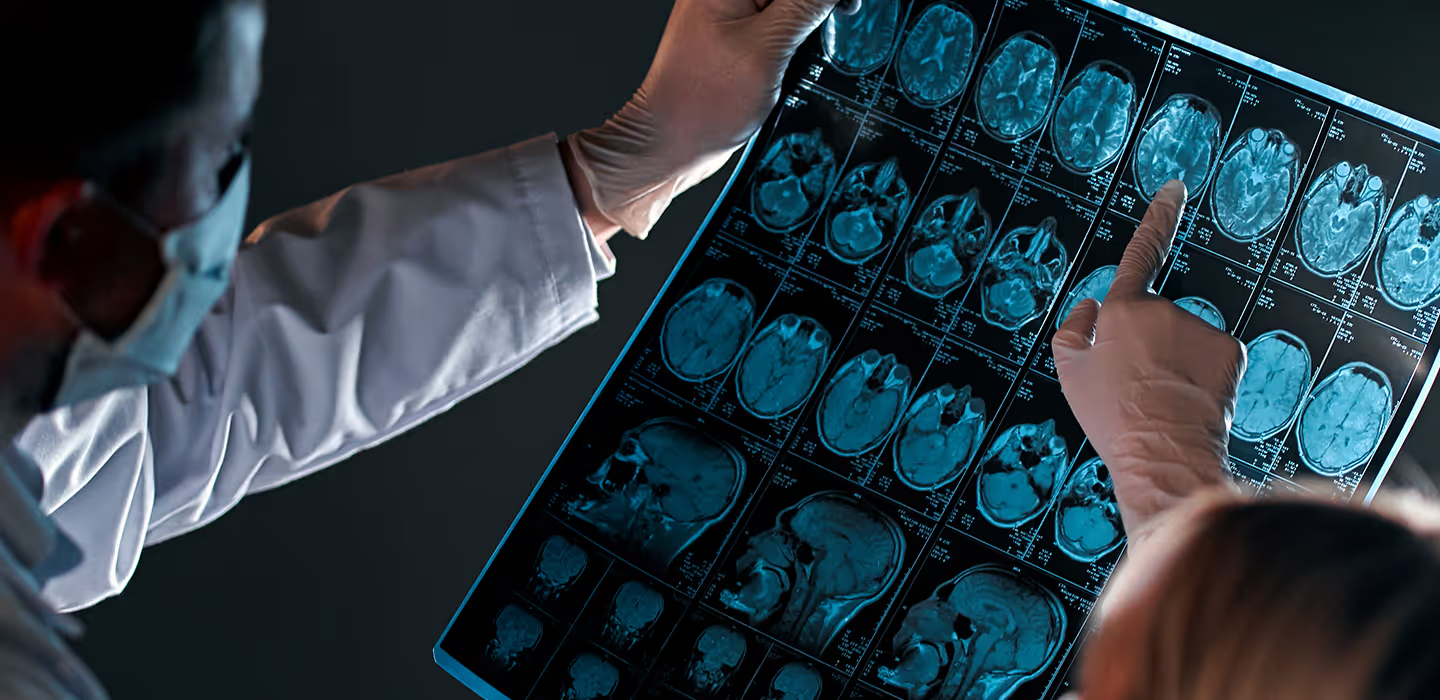Scientific
publications

Human monocyte-derived macrophages shift subcellular metalloprotease activity depending on their activation state
Proteases are key effectors in macrophage function during the initiation and resolution of inflammation. Recent studies have shown that some proteases, traditionally considered extracellular, also exhibit enzymatic and non-enzymatic functions within the cell. This study explores the differential protease landscapes of macrophages based on their phenotype. Human monocytes were isolated from healthy volunteers and stimulated with M-CSF (resting macrophages), LPS/IFN-γ (inflammatory macrophages), or IL-4 (immunosuppressive macrophages). IL-4-stimulated macrophages secreted higher levels of MMPs and natural protease inhibitors compared to LPS/IFN-γ-stimulated macrophages. Increased extracellular proteolytic activity was detected in LPS/IFN-γ-stimulated macrophages while IL-4 stimulation increased cell-associated proteolytic activity, particularly for MMPs. Subcellular fractionation and confocal microscopy revealed the uptake of extracellular MMP-9 and its relocation to the nucleus in IL-4-stimulated, though not in LPS/IFN-γ-stimulated macrophages. Collectively, macrophages alter the subcellular location and activity of their MMPs based on the stimuli received, suggesting another mechanism for protease regulation in macrophage biology.
Stay informed
Receive all the information related to research and news from the Belgian Charcot Foundation directly in your inbox.
